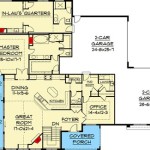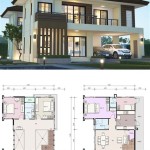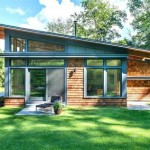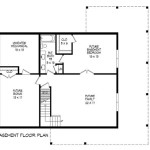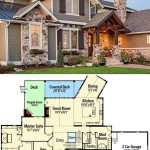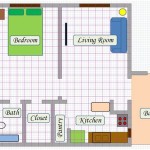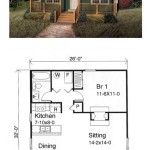Passive Solar Design House Plans
Passive solar design is an approach to architecture that uses the sun's energy to heat and cool a building without the use of active mechanical systems such as furnaces or air conditioners. Passive solar design house plans are designed to maximize the amount of sunlight that enters the building during the winter months, while minimizing the amount of heat loss during the summer months. This is achieved through the use of various design elements, such as:
- Large, south-facing windows
- Thermal mass
- Overhangs
- Proper insulation
Large, south-facing windows allow sunlight to enter the building during the winter months, when the sun is low in the sky. This sunlight is absorbed by the thermal mass of the building, which then releases the heat slowly over time. Thermal mass is a material that has a high specific heat capacity, which means that it can store a lot of heat without changing its temperature very much. Common thermal mass materials include concrete, brick, and stone.
Overhangs are roof extensions that shade the windows during the summer months, when the sun is high in the sky. This prevents the sunlight from overheating the building. Proper insulation helps to reduce heat loss during the winter months. Insulation is typically placed in the walls, ceiling, and floor of a building.
Passive solar design house plans can be used in any climate, but they are most effective in climates with moderate temperatures. In cold climates, passive solar design can help to reduce heating costs by up to 50%. In warm climates, passive solar design can help to reduce cooling costs by up to 25%.
If you are considering building a new home, you should consider using a passive solar design house plan. Passive solar design can help you to save money on energy costs, while also creating a more comfortable and sustainable home.
Benefits of Passive Solar Design House Plans
There are many benefits to using a passive solar design house plan, including:
- Reduced energy costs: Passive solar design can help you to save money on energy costs by reducing the need for heating and cooling.
- Increased comfort: Passive solar design can help to create a more comfortable home by providing a more even temperature throughout the year.
- Improved indoor air quality: Passive solar design can help to improve indoor air quality by reducing the need for mechanical ventilation.
- Reduced environmental impact: Passive solar design can help to reduce your environmental impact by reducing the need for fossil fuels.
If you are looking for a way to save money on energy costs, increase your comfort, and reduce your environmental impact, you should consider using a passive solar design house plan for your next home.

Passive Solar Home In Stoneville Western Coveney Browne Architects

Passive Solar House Plan 2 Bedrms Baths 1418 Sq Ft 146 2710

Passive Solar Home Plan At Alternative Heating Com House Design Homes Plans

Passive Solar House Plans Version 3 Byexample Com

Great Floor Plan For Solar Passive Home In Google Search House Plans Narrow

Passive Solar House Design Ecoliv
What Does A Passive House Cost To Build Leanhaus

Passive Solar House Design

Ranch House Plans For A Passive Solar 1 Bedroom Home

Passive Heating Yourhome

